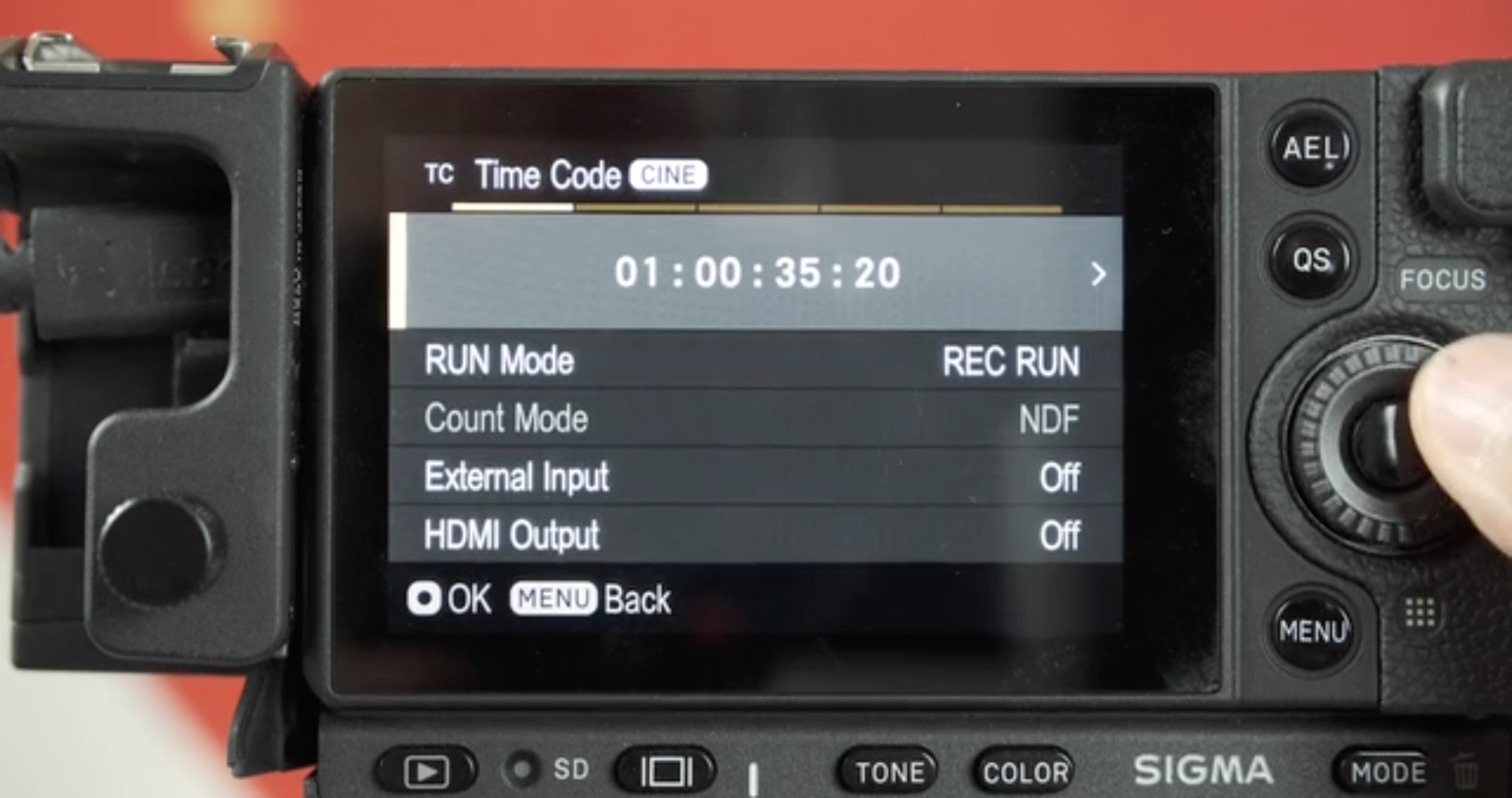
Which in this case might have done a nice job since the sound in your video is mostly ambient sounds rather than directly motivated by the action in your video, like someone talking.īut also keep in mind that it's not all about the gear. A separate audio recorder would do the same thing. What could be done, a different kind of mic would probably help. The sound is quite similar to the typical audio recorded with the internal mics of a typical small camera, with or without the hiss.

There's not much to judge from that clip, other than it sounds like some typical urban ambience noises with some animal sounds and some background hiss. I wonder what can be done to improve the noise. The rest is up to you, so try different things, and practise some more.īelow is the video I did. Meanwhile, just one onboard mic is fine, as long as it's set up properly and is the right kind of mic for the job. Which is why the 'big boys and girls' are doing it. It's more work, but typically results to better overall sound, too. Or use such device to record ambient sounds separately.

If you're more ambitious about the sound of your video, use a separate audio recorder along with an appropriate mic or mics to record your audio separately. Rode, along with all other mic makers have a number of such devices in their lineup. With small cameras with 3.5mm mic inputs, use active (self powered) mics that give a better signal for the audio preamp of your camera to work with. Point the mic towards your main subject, unless you're only capturing ambient sounds. Whichever mic you're using, ideally place it further away from the camera and yourself to avoid handling noise and such. The mic is inexpensive, tiny and therefore convenient to use with small devices, but as such it also comes with certain and rather obvious compromises. It's not that the Rode Video Micro is crap, it has some nice features for the price, but it's not the right tool for the job you're apparently trying to accomplish. To improve audio quality, don't settle for the cheapest and smallest mic you can find. I hope that someone would give me some tips to improve the audio quality of the recording. There's your first clue that it's not about the camera. I plugged the mic into the GFX100, it is also not that quiet.

Plugging a passive mic like the VideoMicro is certainly not helping, and increasing gain in the camera will likely increase the background hiss as well, and boost possible other unwanted noises. Don't expect too much from them, regardless of the camera brand. Which leads us to the other main issue, the audio interface inside these small cameras. Which means it does not put a lot of oomph into the input of the camera, and it's much more taxing for a small camera with typically a rather basic autio preamp. The mic is also passive, meaning that it needs power from the camera to work. It's made for quick and easy vlogging as such with smartphones and small cameras where top quality audio is not the #1 priority.

The Rode Video Micro is not too bad for what it is and what it costs. Made for all sorts of different purposes. Rode are making nice mics, but there's a reason they, along with all other microphone makers, have several different mics in their lineup. I am beginning to wonder whether it's my mic's problem or it's because of something wrong with he audio module in the fp.


 0 kommentar(er)
0 kommentar(er)
